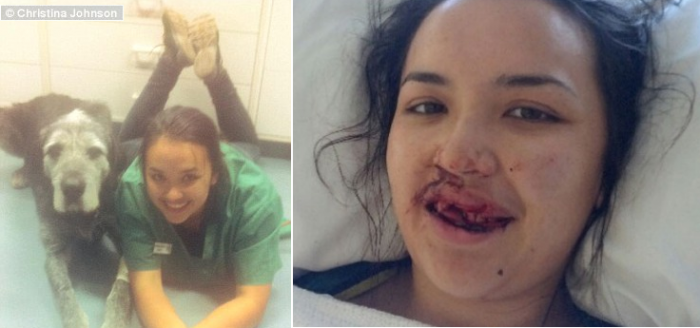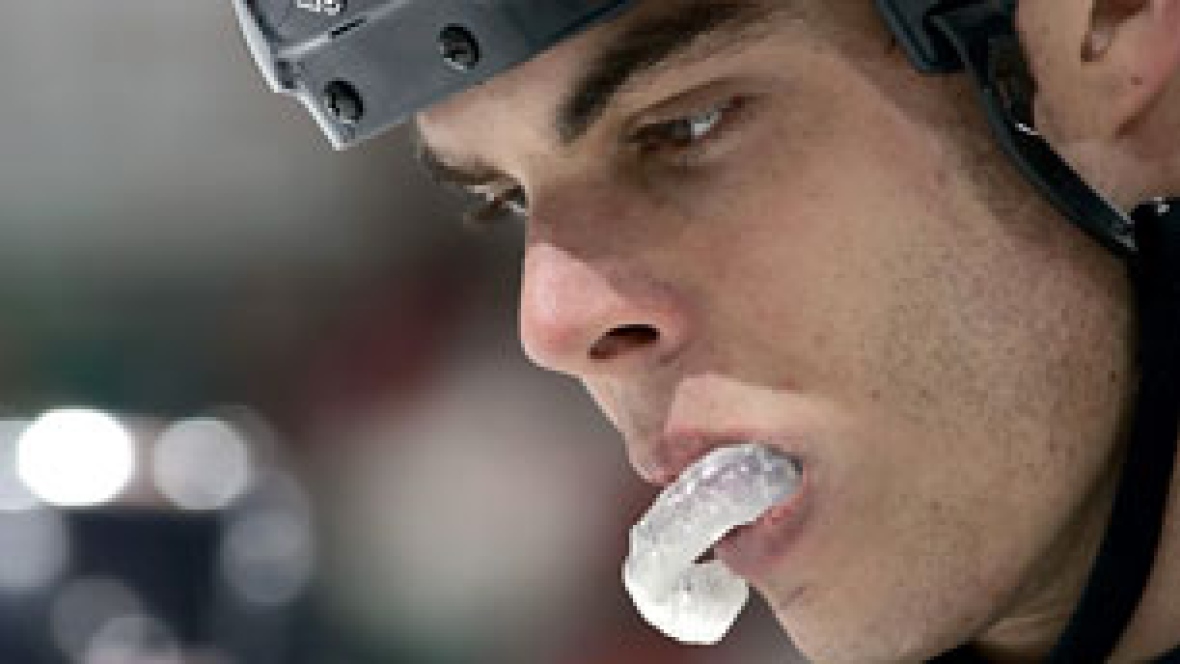Last August of 2015, a young Australian woman by the name of Christina Johnson suffered grave injuries when she was playing a favourite sport of hers. She was hit by a hockey stick on her face resulting to most of her teeth being displaced while her lips and gums incurred multiple lacerations – all these happened because she was wearing a mouthguard made of poor quality material.
On her account, the young veterinary graduate from Queensland tells that she bought her over-the-counter mouthguard from a chemist thinking that it would give her mouth the protection it needs from hard blows, such as the one that happened to her.

Christina Johnson Before and After Her Hockey Accident
The Australian Dental Association (or ADA) recommends that, when playing high-contact sports, it is best not to settle with cheap but poor quality mouthguards. High-end mouthguards may indeed cost you more than over-the-counter ones, but your oral structures have a better chance of being saved from excruciating pain and serious dental impairments.
ADA’s chairman of its Oral Health Committee, Dr. Peter Alldritt, insists that people who engage in high-contact sports should invest on their mouthguards treating them as part of their normal sporting paraphernalia. Over-the-counter mouthguards may cost $20 to $30 which is cheaper than a $250 high-end mouthguard, but the latter’s expense “doesn’t go far when it comes to having a tooth fixed,” quoting Dr. Alldritt. Imagine how much money you might spend for the treatment expenses and hospital bills trying to correct the damages to your oral structures just because you chose not to invest in a high-quality mouthguard.
“Not all mouthguards offer equal protection,” says Dr. Alldritt, “In fact, some of them can actually cause even more damage.” He further insists on the importance of investing on a high-quality mouthguard…
Over-the-counter mouthguards are often difficult to wear and don’t provide the same level of protection as custom-fitted mouthguards; in contrast, custom-fitted mouthguards allow ease of breathing and speaking, and are far more comfortable.
We still have very little resources that clearly define the protective prowess of the many types of mouthguards. However, even the SMA or Sports Medicine Australia strongly discourages the use of poor-fitting mouthguards but instead recommends the ones that are custom-fit to the individual’s unique and natural dental set-up. A custom-fit mouthguard provides enough thickness that cover (especially) the vulnerable structures and offers biting surfaces that allow the teeth to relax during highly stressed moments.
Christina Johnson has now returned to her job as a veterinarian, and yet she had to endure intensive reconstructive surgery. Even after her recovery, she had to undergo 4 root canals and orthodontic support. All of which cost her $3500 of dental bills and additional hospital expenditures of $4500 – just because she opted to buy a cheaper mouthguard.
After all Ms. Johnson have endured, what was thought to be a “pricey” yet custom-fitted and high-quality mouthguard becomes much reasonable compared to the painful injury and costly medical bills.
References:
Medew, J. (13 August 2015) “Warning from Australian dentists following mouthguard failure for hockey player.” Essential Kids. Retrieved from www.essentialkids.com.au
Azzi, M. (15 August 2015) “The horrific result of playing sport with a cheapie mouthguard.” Mail Online. Retrieved from www.dailymail.co.uk
Photos c/o essentialkids.com.au and dailymail.co.uk
Share this article:
